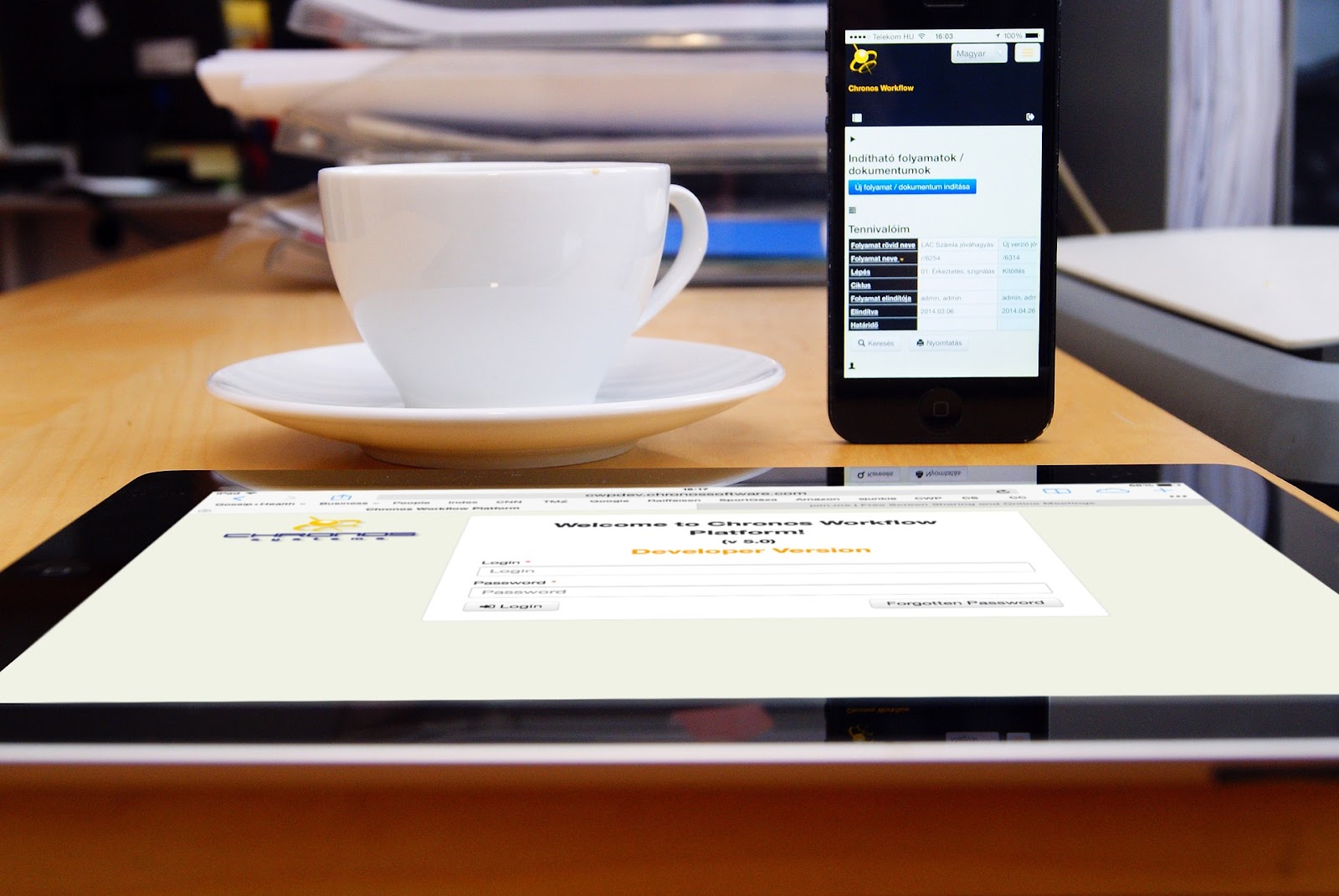Every day, business users carry out several procedures to complete various operations. Business workflows usually involve repeatable data transfers between people or between people and a system.
In addition, processes establish the path for completing something within an organization, whether changing data from one format to another or turning raw material into a finished product. Your business is on the road to greater efficiency when you learn to streamline your workflow operations.
What Does Streamlining a Process Mean?
Workflow system ensure that crucial processes are completed correctly every time. But remember that a workflow defines the action taken to complete a task. For example, a procedure may include a wide range of items.
So what does “streamlining processes” mean? When you streamline business operations, you eliminate any optional procedures or manual labor. For instance, a business might simplify the process of creating invoices by ensuring it always follows the same processes. Anyone who needs to carry out that task on behalf of the company can then carry it out consistently by following this method.
By taking the time to simplify the workflow systems, you lower your chance of making crucial errors. For instance, adding a stage to the workflow of the onboarding business process that accounts for running a background check can help a company prevent hiring someone with suspicious background information.
What are the benefits of streamlining workflow systems?
Reducing errors, accelerating development, and enforcing accountability across business units can all be achieved by streamlining business processes with workflow systems. Employees that have less work to do feel more involved in their employment. Streamlining procedures and workflow can also benefit an organization in the following ways:
- Improving team cohesion and communication
- Increasing organization-wide productivity, flexibility, and efficiency
- Assisting companies to adhere to industry norms
- Describing the order of responsibility for the various jobs within a workflow
- Making employee training easier
How to streamline processes with a workflow system to improve efficiency?
It may take some time to streamline procedures and workflows. Therefore it’s best done in manageable chunks that help your company reach its efficiency objectives. Examining how they handle their unique difficulties might help businesses streamline their procedures. Your business must choose which areas to simplify. These are 6 measures you may take to simplify workflows and processes to increase productivity:
- Evaluate current workflows and processes
It will be simpler to understand how things are done before you can discover what areas could be considerably improved by simplifying when you analyze your current procedures and workflows. For instance, list your workflow and procedures in the most exact possible words, the people involved in each step, and the benefits you believe each one offers.
- Rank operations
The number of natural processes and workflows used to accomplish objectives or tasks may surprise you. This is because several processes are connected and might be less significant. List the procedures and rank them from most vital to least significant. This will assist you in selecting the first, second, third, and so forth processes to simplify.
- Analyze results
Analyzing the outcomes or results of such processes and workflows is possible once you have evaluated the processes and workflows. This helps you understand the processes that are time-consuming, pointless, and expensive.
For instance, you might see in the assessment that five paper containers are shredded and disposed of daily. The cost of the toner and paper, the amount of time employees spend printing and shredding, and the potential impact of new software on a particular process or workflow in your department or organization should all be considered when analyzing the results.
- Ask for feedback
Colleagues, coworkers, or staff members could have insightful comments regarding the workflow flowchart or workflow chain. Many think about improving processes to reduce time spent on activities and achieve objectives more quickly. When it comes to streamlining procedures, there are frequently tiny aspects that may be improved, but you need to seek your coworkers’ input to notice them.
You could create a poll based on various procedures and workflows and ask your staff to respond anonymously to prevent prejudice. You could also organize a meeting to discuss areas that could use improvement.
- Automate and streamline operations
Modern workflow software solutions are widely available nowadays and aid in optimizing company activities. Software for business process management is a common name for them. Each has unique qualities and abilities valuable to various organizations and professional domains. Nonetheless, most BPMs offer comparable advantages, such as making it simple to gather data in a single spot, automating workflow processes, and improving visibility through graphs, charts, and reports.
Try looking into helpful software for your business and see what your rivals use to automate their procedures.
- Refine and polish
Every process or procedure needs to be revised. Thus, they almost certainly need constant tweaking or improvement. Then, depending on your results, you should alter the streamlining procedures.
Employees may need more time to receive sufficient training on the new processes, and not all employees may master them right once. Therefore, you must exercise patience and continue to solicit input from customers and staff as you develop processes and workflows.
Also Read: 5G Companies | Top 5G Companies That Leading 5G Network


